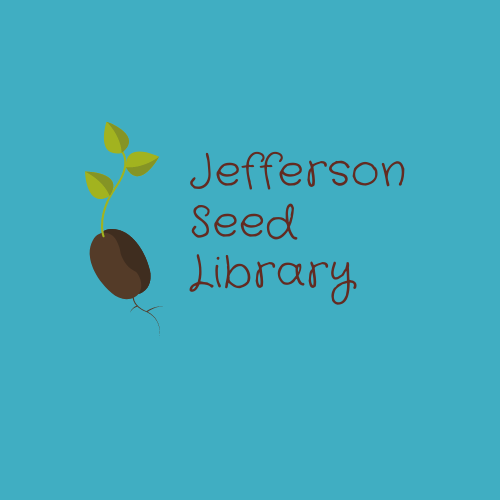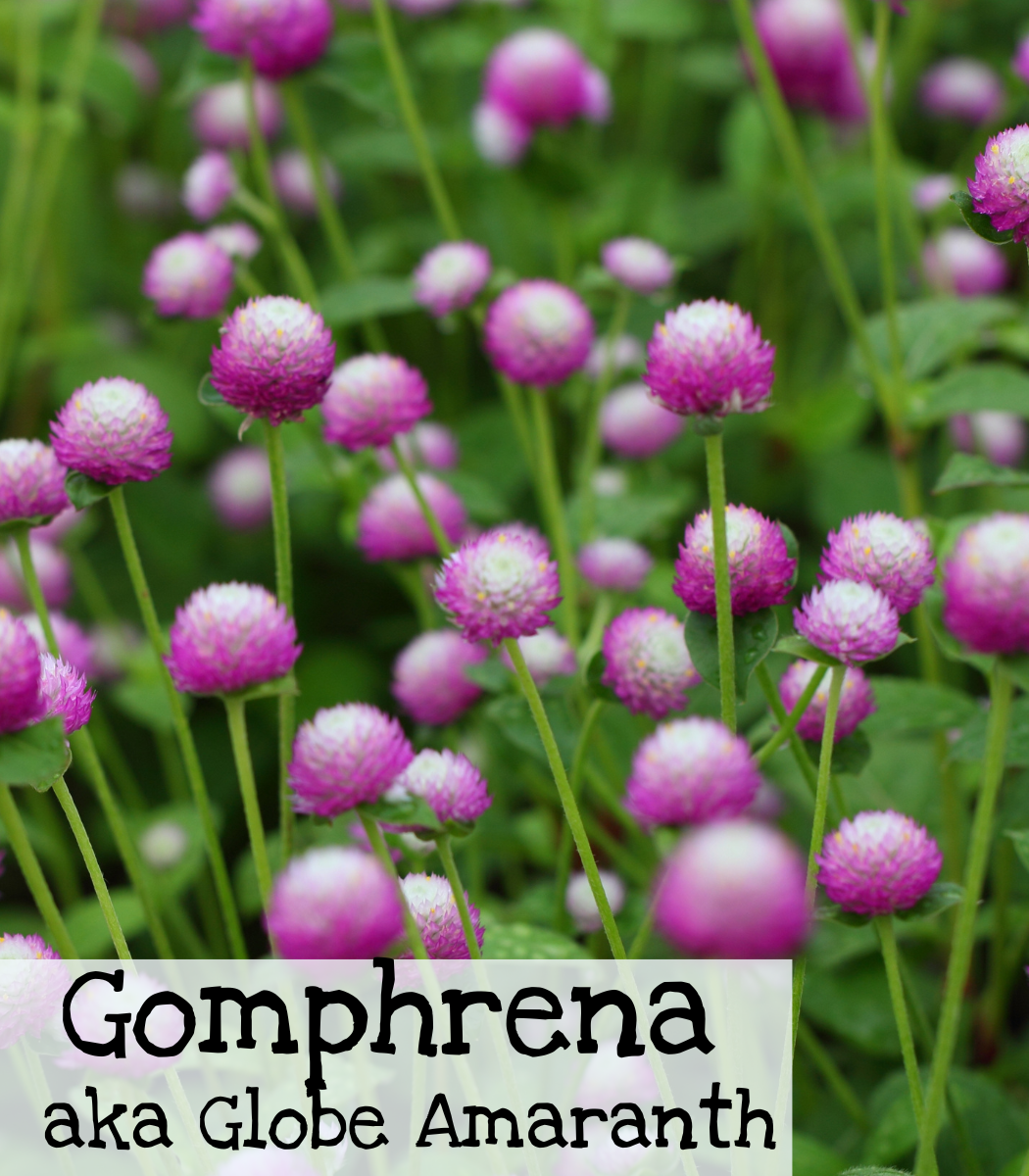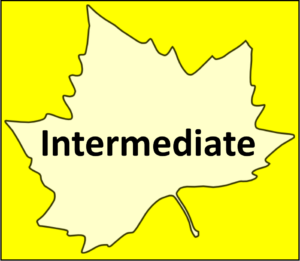
Gomphrena
Commonly known as globe amaranth, gomphrena is a dry-heat-loving plant. It is a great accent plant and the blooms are good for both fresh and dried arrangements.
|
Audray Mix; Lavender Lady; QIS mixed colors |
|
Gomphrena globosa |
|
Easy to Intermediate |
|
Intermediate |
|
1-2 years if properly stored |
|
Treated as an Annual, but it is a tender perennial |
|
10-14 days |
|
70-75 F |
|
|
|
Soak seeds 1-2 days before sowing |
|
1/4 inch |
|
Mound |
|
Full sun |
|
Summer |
|
|
|
March, April, May |
|
Yes |

Growing Tips



Taller varieties need a large pot.
When to Start
Spring: Start indoors 6-8 weeks before the last frost or direct sow after all danger of frost has passed. (End of Feb through Mid-March for Jefferson, GA.)
Direct Sow: After ALL danger of frost has passed. (May 1 for Jefferson, GA)
How to Grow
To speed up germination, soak seeds 1-2 days before sowing.
To start the seeds indoors, begin 6-8 weeks before the last average frost in your area. Using pre-moistened seed starting mix fill seed cells or nursery pots. Sow the seeds to a depth of 1/4 inch and gently firm in.
Place the cells or pots under grow lights. If staring in small cells, pot up when there are at least 2 true leaves and the seedling is as tall as the cell is deep. After the danger of frost has passed, harden the seedlings off and transplant them into full sun beds. Dig holes large enough to fit the root ball and space the holes at least 18” apart. Gently disturb the roots before planting. The top of the root ball should be even with the soil then water in.
Do direct sow, wait until all danger of frost has passed for your area. Gomphrena is frost tender and a late freeze will kill it. In a full sun bed, sow to a depth of 1/4 inch and water in. Thin or space the plants 10 inches apart.
Care
Gomphrena likes full sun beds that are well-draining. Add mulch to retain soil moisture and suppress weeds. You can apply some light fertilizer after new growth has started but keep it away from the crown to prevent burning the plant. However, gomphrena doesn’t usually need fertilizer
Gomphrena thrives in hot, dry weather. This might make it a bit of a challenge to grow in humid climates. In these climates, give them their best chance by properly spacing them to allow for adequate airflow. It is a great cutting flower for both fresh and dried arrangements.
Wet feet can be a problem with this plant. If there is an excess of moisture in the soil gomphrena is susceptible to Edema (Oedema). The plant takes up more water than it can use and the leaves become distorted. Blight and other fungal problems can also be an issue. Adequate airflow and crop rotation will reduce these issues. But if any gomphrena plant shows signs of disease, it is a good idea to destroy the plant to prevent spreading it around.
It is drought tolerant once established but likes water during dry spells. Water at the base to keep the leaves dry which will help prevent disease.
How to use
Fresh arrangements
Cut the stem when the flowers are in color, but before they open fully.
Dried arrangements
Cut the stem as soon as the flower has fully opened. Hang upside down in a dark, dry place, until fully dry.
Seed Saving

Isolation Distance
Gomphrena is insect-pollinated—separate different varieties by 1 mile.
Instructions
When the flowerhead is mature, allow it to dry on the plant. Once dry, cut it off. Over a clean surface, rub the flowerheads between the palms to break them apart.
The seeds can be separated from the chaff by screening and then winnowing. Store the seeds in a cool, dry place.
Features
- It is a good cutting flower and good dried.
- Attracts butterflies and pollinators
- Deer resistant
- Open pollinated
- Drought tolerant
- Audray: Taller and more uniform than the QIS variety, but blooms a little later. Blooms come in shades of Audray White, Bicolor Rose, Pink, and Purple Red.
- Lavender Lady: Heirloom. The long-season blooms come in shades of lavender. It is heat and drought-tolerant and a compact plant that is less than 2 feet tall.
- QIS: The QIS Series is an ideal selection for either landscaping or bouquets. Loose, open-branched, and great for cutting beds and mid-borders. This mix includes unusual globosa-type colors and shades, plus the rare, orange-scarlet.

Pinch out the earliest buds to encourage the plant to put on more blooms, branch, and get bushier.
